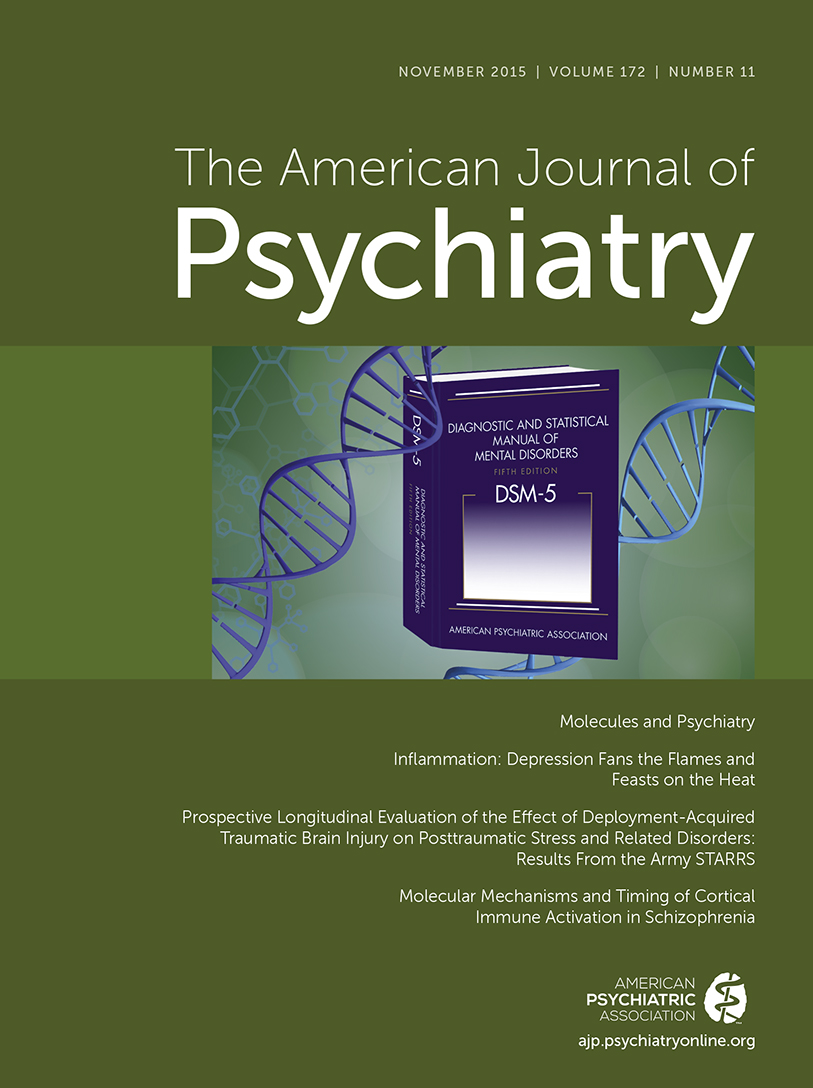A Case Study of Clinical and Neuroimaging Outcomes Following Repetitive Transcranial Magnetic Stimulation for Hoarding Disorder
To the Editor: We tested the effect of repetitive transcranial magnetic stimulation (rTMS) on hoarding symptoms and neuroimaging in a 58-year-old woman. The rTMS treatment included 30 sessions (5 days/week, 1 Hz, 90% resting motor threshold, 900 pulses/session) and targeted the right dorsolateral prefrontal cortex (rDLPFC, located with structural neuronavigation). Value-based decision-making deficits may underlie hoarding symptoms. In healthy volunteers, neuromodulation of the rDLPFC lowers item valuation (1) and alters a value-based decision-making network (along with the ventromedial prefrontal cortex [VMPFC] and amygdala) (e.g., 2). Thus, we hypothesized that rDLPFC neuromodulation would improve hoarding symptoms and alter activation and functional connectivity of the DLPFC, VMPFC, and amygdala.
A stable 3-week baseline was established (Saving Inventory Revised [SI-R] score range was 60–66). All rTMS sessions were completed on schedule with only mild and transitory side effects (e.g., headache). Symptoms improved after treatment (SI-R=46), and gains were maintained over 2 months (SI-R=45). On the Clinical Global Impressions Scale, the patient was rated as “minimally improved” at posttreatment. At follow-up (with no additional treatment initiated), she was rated as “much improved” and no longer met diagnostic criteria for hoarding disorder. The patient reported being “very satisfied” overall with the treatment.
The patient completed a computer simulation discarding task during functional magnetic resonance imaging at baseline, postbaseline, and posttreatment. The task entailed viewing pictures of household items presented on a screen. The patient indicated via finger press whether to keep or discard each item (for a detailed task description, see 3). Alternate versions were used to limit practice effects. The patient discarded more items over time (baseline=57%, postbaseline=67%, posttreatment=83%) and made discarding decisions faster (2,686 ms, 2,509 ms, and 1,955 ms, respectively). Compared with baseline, there was a decrease in VMPFC activation (p<0.001, k=10) but no activation changes in the DLPFC and amygdala. Functional connectivity between the rDLPFC stimulation point (a 5 mm diameter sphere) and the VMPFC (at activation, a 1 cm sphere) tended to increase (with a significant change in functional connectivity at posttreatment only), and the rDLPFC-left amygdala (mask defined by the FSL Harvard-Oxford atlas) functional connectivity tended to decrease. The VMPFC-left amygdala functional connectivity significantly increased at posttreatment (Figure 1).

FIGURE 1. Neural Correlates of the Discarding Decision-Making Task Before and After rTMS Treatmenta
a Panel A depicts the rTMS stimulation point at the right dorsolateral prefrontal cortex (rDLPFC). Panel B depicts areas showing activation differences during the discarding task between baseline, pretreatment, and posttreatment scans (conjunction analysis; uncorrected p<0.001, k=10). Panel C shows changes in connectivity following treatment between the rDLPFC and the ventromedial prefrontal cortex (VMPFC), including subgenual anterior cingulate cortex (sgACC) and orbitofrontal cortex (OFC), and left amygdala. Connectivity for the rDLPFC-left amygdala at posttreatment was zero and is therefore not visible in the figure. Paired t tests compare connectivity between each time point (baseline compared with pretreatment, pretreatment compared with posttreatment, and baseline compared with posttreatment). One-sample t tests indicate whether the connectivity at a given time point significantly differs from a null hypothesis of no connectivity.
This case demonstrates the potential for rTMS to treat hoarding disorder and suggests a neural mechanism of treatment. Results are consistent with research indicating that the VMPFC, and its connectivity with the DLPFC and amygdala, is critical to optimizing goal-directed choices during value-based decision-making and can be modulated using rTMS (e.g., 2). Replication of our results is needed using controlled designs, and generalization of treatment effects to other clinical populations characterized by decision-making deficits (e.g., obesity, addiction) should be explored.
1 : Repetitive transcranial magnetic stimulation over the right dorsolateral prefrontal cortex decreases valuations during food choices. Eur J Neurosci 2009; 30:1980–1988Crossref, Medline, Google Scholar
2 : Dorsolateral and ventromedial prefrontal cortex orchestrate normative choice. Nat Neurosci 2011; 14:1468–1474Crossref, Medline, Google Scholar
3 : Neural mechanisms of cognitive behavioral therapy response in hoarding disorder: A pilot study. J Obsessive-Compulsive Relat Disord 2012; 1:180–188Crossref, Google Scholar



